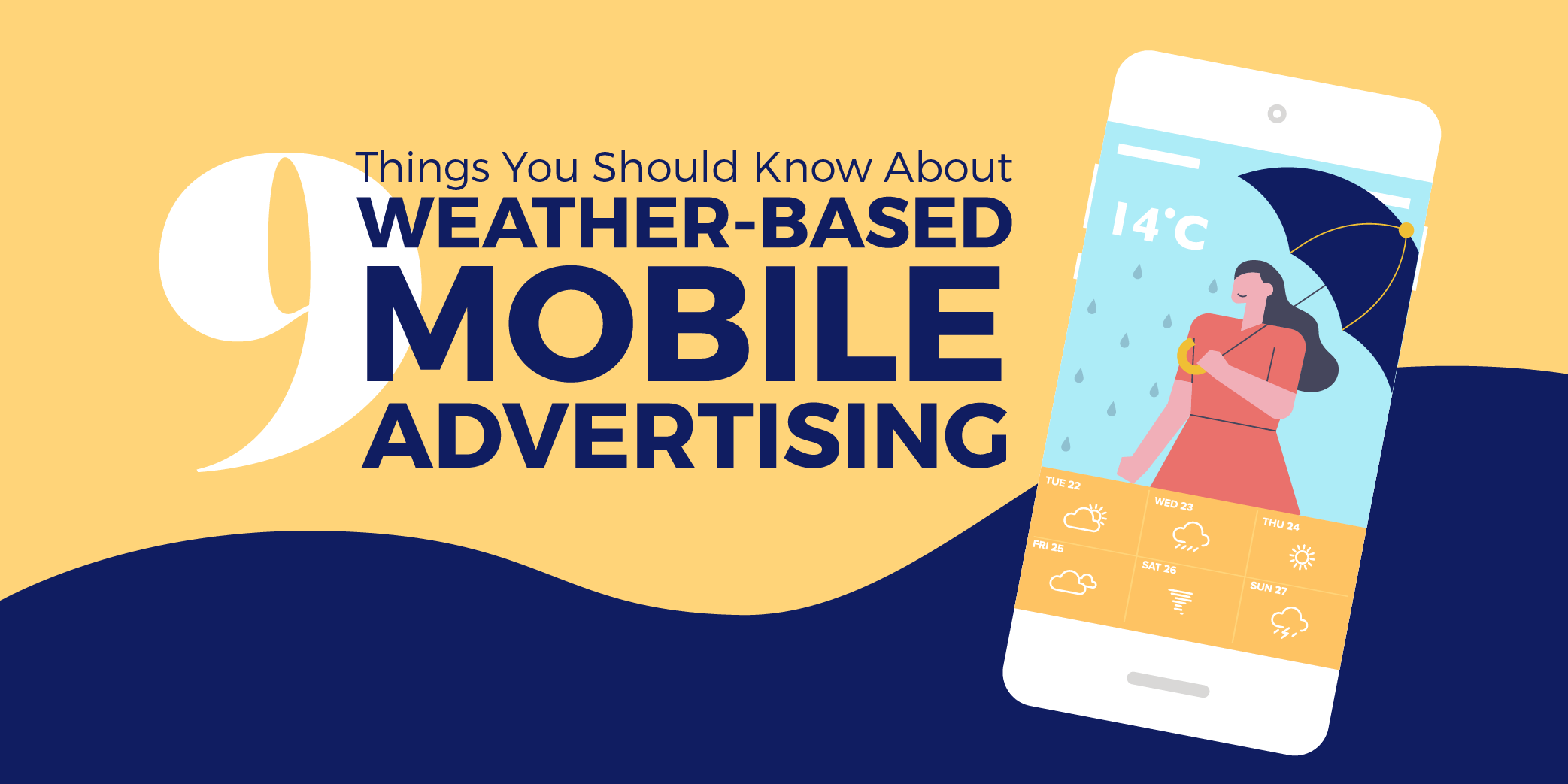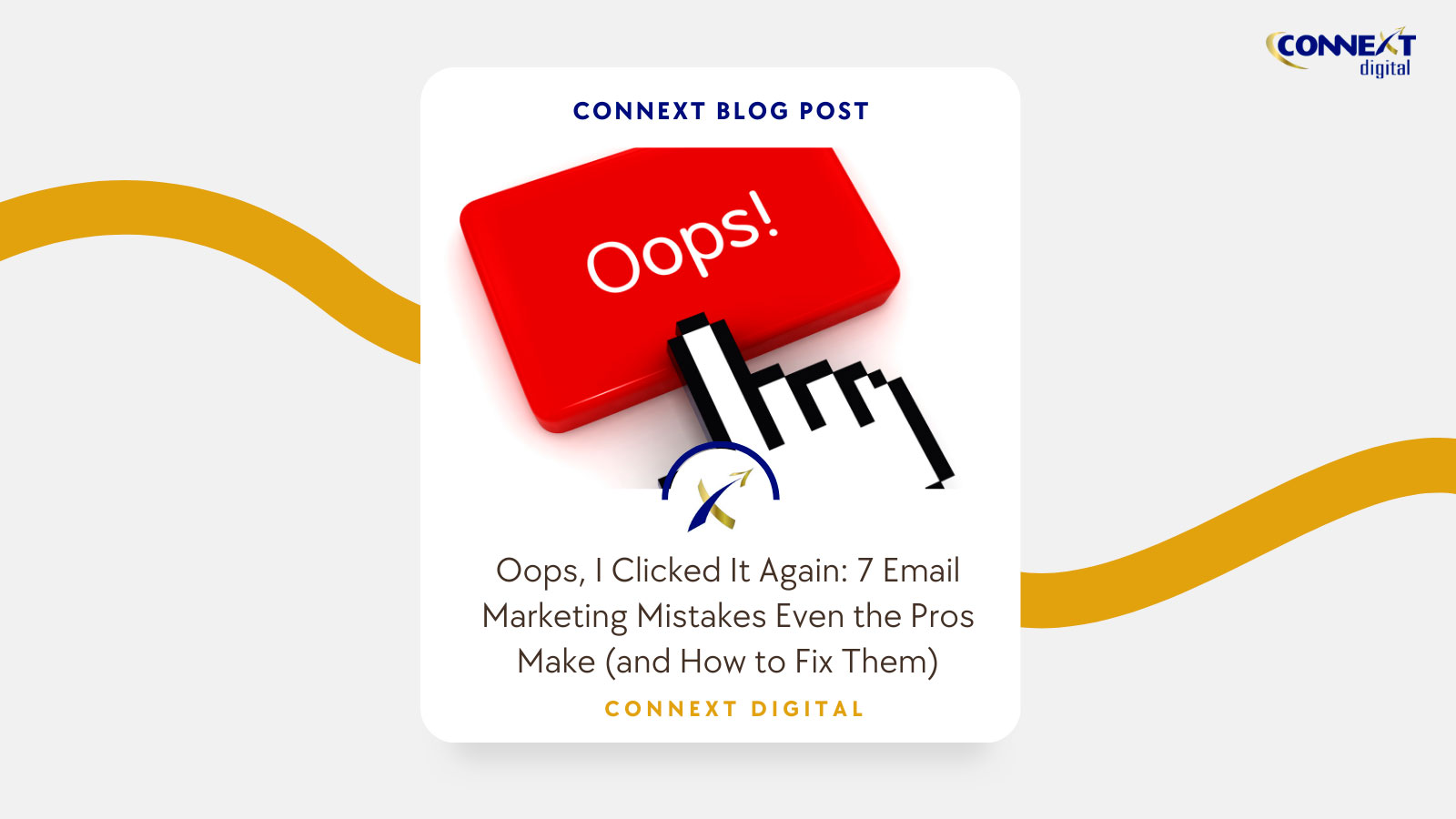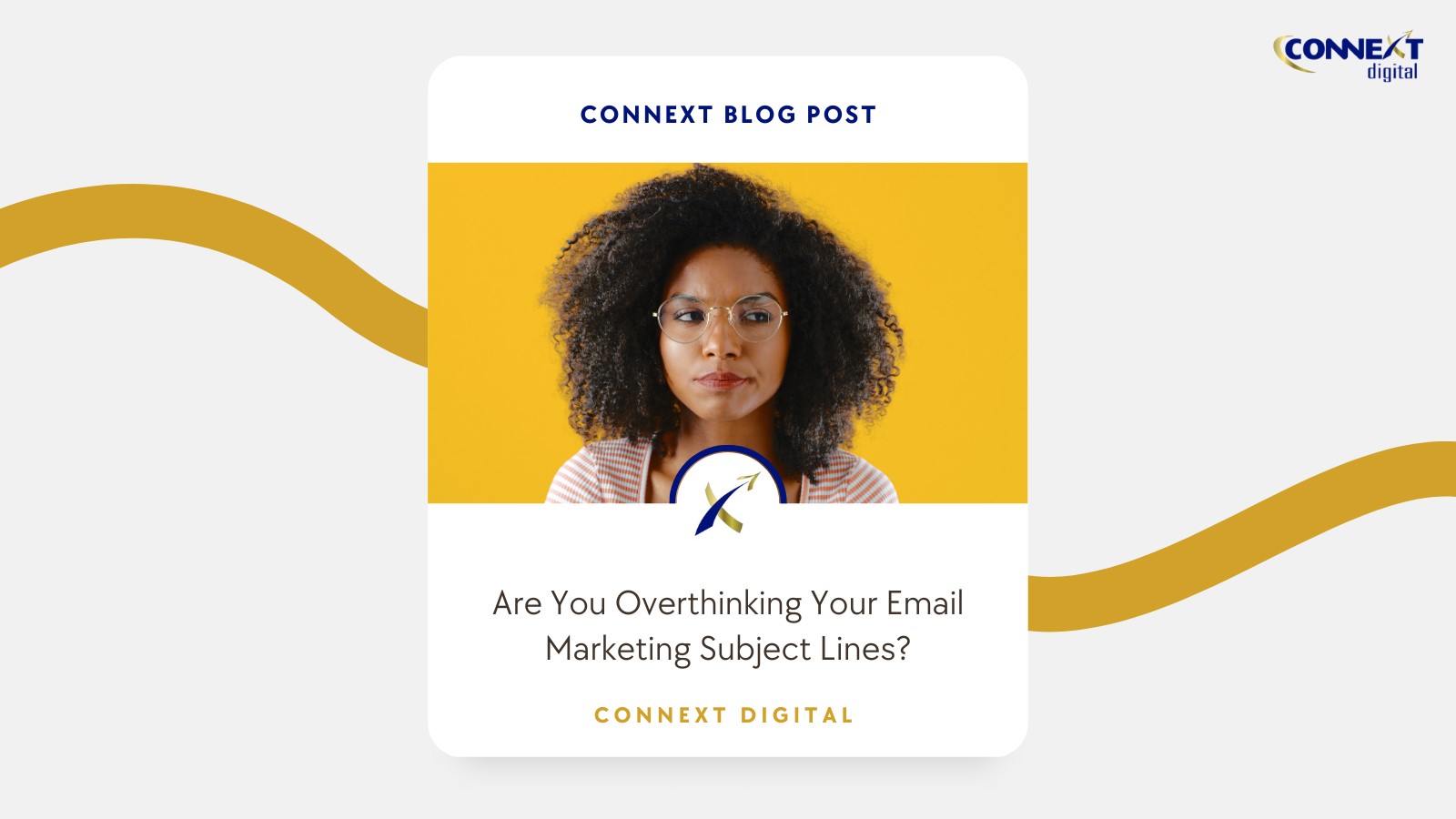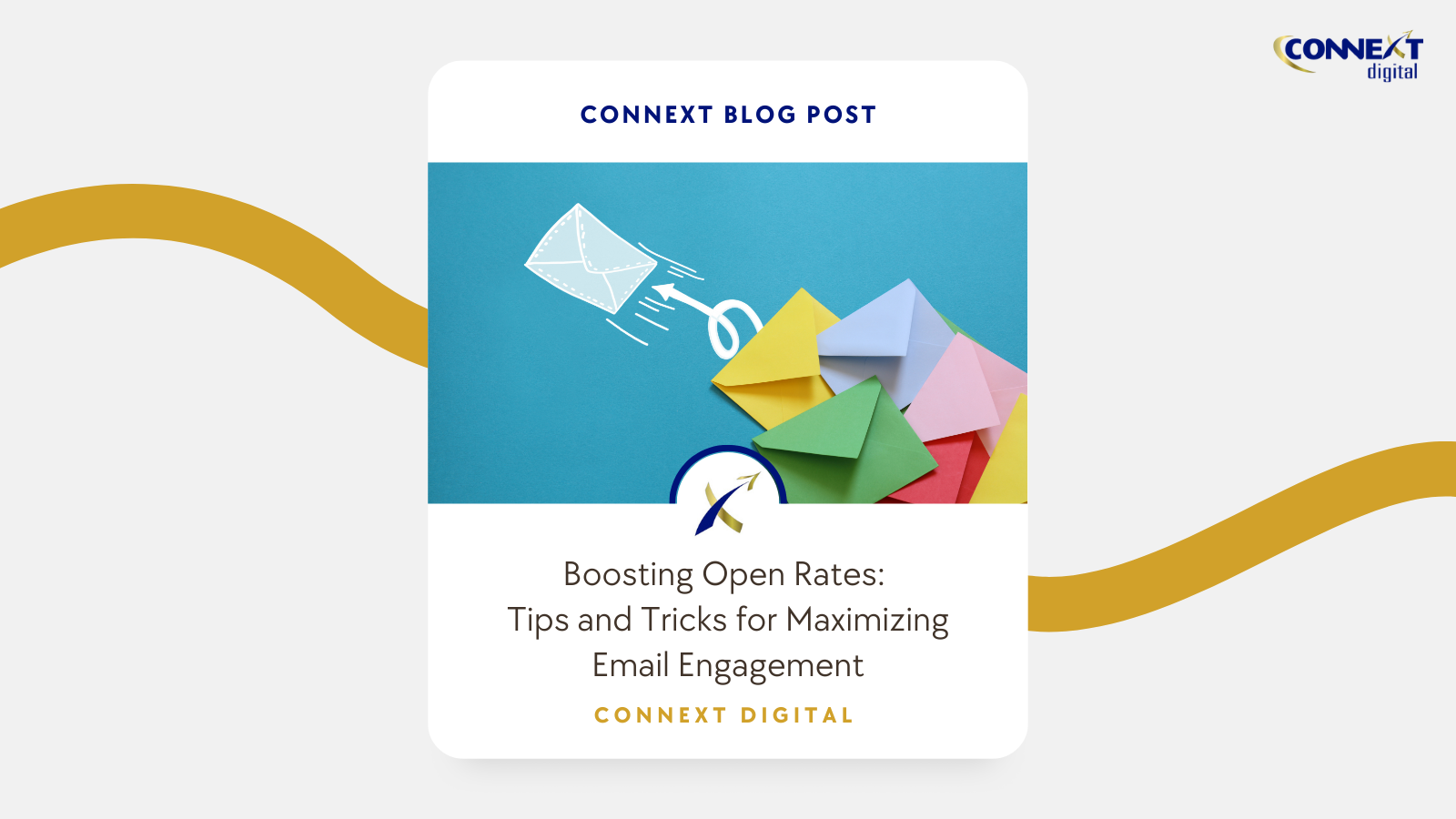
9 Things You Should Know About Weather-Based Mobile Advertising
Nowadays, the Internet has successfully integrated itself into every aspect of human life. In fact, according to J. Clement of Statista, the population of internet users around the globe has been reported to reach 3.9 billion as of 2017. Moreover, due to this constantly increasing consumer usage, the internet is heavily employed in marketing plans of companies from various industries.
Practically all types of businesses utilize the World Wide Web as a platform for their comprehensive communication strategies. These digital marketing campaigns are created to grow brand awareness, attract prospects, and improve brand image—all for the purpose of boosting profitability. However, although it is indeed ideal to use the internet for promoting goods and services, it’s not exactly fool-proof.
This is because, like any form of advertising, digital and mobile advertising should be grounded on actual mobile audience data. To put it more simply, for ads to be effective, they should be designed specifically to match the needs and preferences of a defined market.
Over the years, multiple targeting methods have been implemented, such as analyzing geographical location, Internet searches, and, the classic approach, market segmentation. But recently, an innovative strategy has been creating a buzz in the world of marketing: weather-based mobile advertising.
If you’re looking into feasible ways to market your business, scroll down to determine whether weather-based mobile advertising is suitable for your brand.

Weather-based Mobile Advertising
Weather-based advertising, as the term implies, is the practice of applying the local weather to target consumers. More precisely, it focuses on delivering ads and promotions that correspond to real-time weather information such as levels of humidity, dew point, rain, wind, and temperature in a particular location.
For example, advertisements for iced coffee and frappes can be served to individuals who are currently experiencing hot weather. The past weather conditions can also be utilized as a determinant—for instance, repair services for frozen pipe systems can be advertised to areas where winter has just passed.
How It Works
There are multiple ways to conduct weather-based advertising, but in general, weather targeting platforms or software programs such as WeatherAds and Ruled by Weather are utilized. These digital tools allow users to conveniently simulate ads based on accurate weather information obtained in real-time. In addition, these weather-determining platforms can also be integrated with third-party marketing automation tools to sync the delivery of ads and promotions with the current weather reports.
Whatever platforms or tools are employed, the bottom line is that advertisers are supplied with critical weather information. These details, in turn, are largely considered to deliver the right ads to the right consumers.
What You Should Know About Weather-based Mobile Advertising
1. It boosts the effectiveness of branding ads
Brand advertising aims to establish and strengthen connections with consumers. Unlike direct response ads that focus on spiking sales and generating profits within a set period, the results of branding ads are more gradual and steadier.
So how exactly does weather-based advertising help enhance branding ads? You may think that this strategy is only suited to direct response ads since it’s primarily performance-centered. However, with knowledge of present, past, and future weather conditions, you can craft ads that cater to your consumers’ timely needs. As a result, customer satisfaction and loyalty can be solidified.
2. It provides better customer experience
As previously stated, weather-based advertising enables marketers to serve ads that cater to consumers’ specific needs. By being exposed to promotions when they are actually helpful and essential, a customer’s ad experience is made more substantial.
With the right weather information, promos and product sales are also provided at an appropriate timing. For instance, a discount coupon for ice creams will not necessarily make a customer happy if it’s offered during a chilly week.
3. It improves data accuracy
Of course, inaccuracies on gathered data are extremely detrimental to the effectiveness of an ad. Thankfully, weather-based mobile ads can make use of data-matching and location-targeting capabilities of modern smartphones. Therefore, the accuracy of real-time data is ensured.
Moreover, according to Weather 360, even small degree differences can greatly affect consumer preferences. For example, a 2% decrease in temperature can make the demand jump from soda to soups. Thus, improved data accuracy also drastically improves reliability.
4. It helps determine consumer purchase behavior
As explained above, weather conditions are a good determinant of current consumer purchase behavior. This is because the weather can cause daily fluctuations that influence many industries.
When advertisers are equipped with live weather information, they will be able to tap into various weather-driven demand and consumer patterns, and maneuver against them more efficiently.
5. It makes PPC campaigns more feasible
Needless to say, the effectiveness of pay-per-click campaigns is highly dependent on whether they are clicked by consumers. By utilizing data-driven solutions, advertisers can access, collect, and organize customer info to make personalized messages that have a higher likelihood of getting noticed by viewers. Furthermore, by choosing the best possible placement for them, advertisers can bolster the chances for your ads to capture attention.
6. It increases campaign success
This is simply a chain result—when relevant info is supplied, relevant ads are created. Moreover, when relevant ads are delivered, they are more likely to convert leads into sales.
Here’s a particular case study: A company called GSK India took advantage of weather conditions to market Otrivin, a nasal decongestant spray. Using Ruled by Weather, it was able to predict when the demand for Otrivin will intensify. Thus, it partnered with a prominent online pharmacy to increase the inventory of the product at opportune times. This strategy spiked its sales significantly, leading to a whopping 100% increase, as well as twice the click-through rate of its industry benchmark.
7. It’s cost-effective and generates high ROI
By having adequate knowledge of when it’s best to activate ad campaigns for certain types of products, marketers can save costs while simultaneously optimizing plans. This is because companies will be able to dodge paying for ads that are likely to be unfruitful. Therefore, a higher return on investment is expected, since advertising budget convenient on promotions that are more likely to generate sales.
8. It offers a wide variety of advertising
You won’t face any shortage of advertising means and tactics. Weather-triggered advertising is suited for an extensive variety of channels, such as social media, demand side platforms, and email service providers. There are also multiple forms of ads that you can utilize—from PPC to web banners.
9. It aids in developing future advertising plans
Weather-based mobile advertising enables marketers to plan ahead based on data that they gather and assess. For instance, using a weather targeting platform, companies can predict future marketing opportunities and therefore induce actual business results.
The Takeaway
Curt Hecht, chief global revenue officer of the Weather Company stated that it’s not enough for marketers to have a social and search strategy. A weather strategy is needed to further boost an enterprise’s profitability.
Following this principle, business owners must take advantage of all available strategies in order to attain optimal benefits.






